Mount Athos
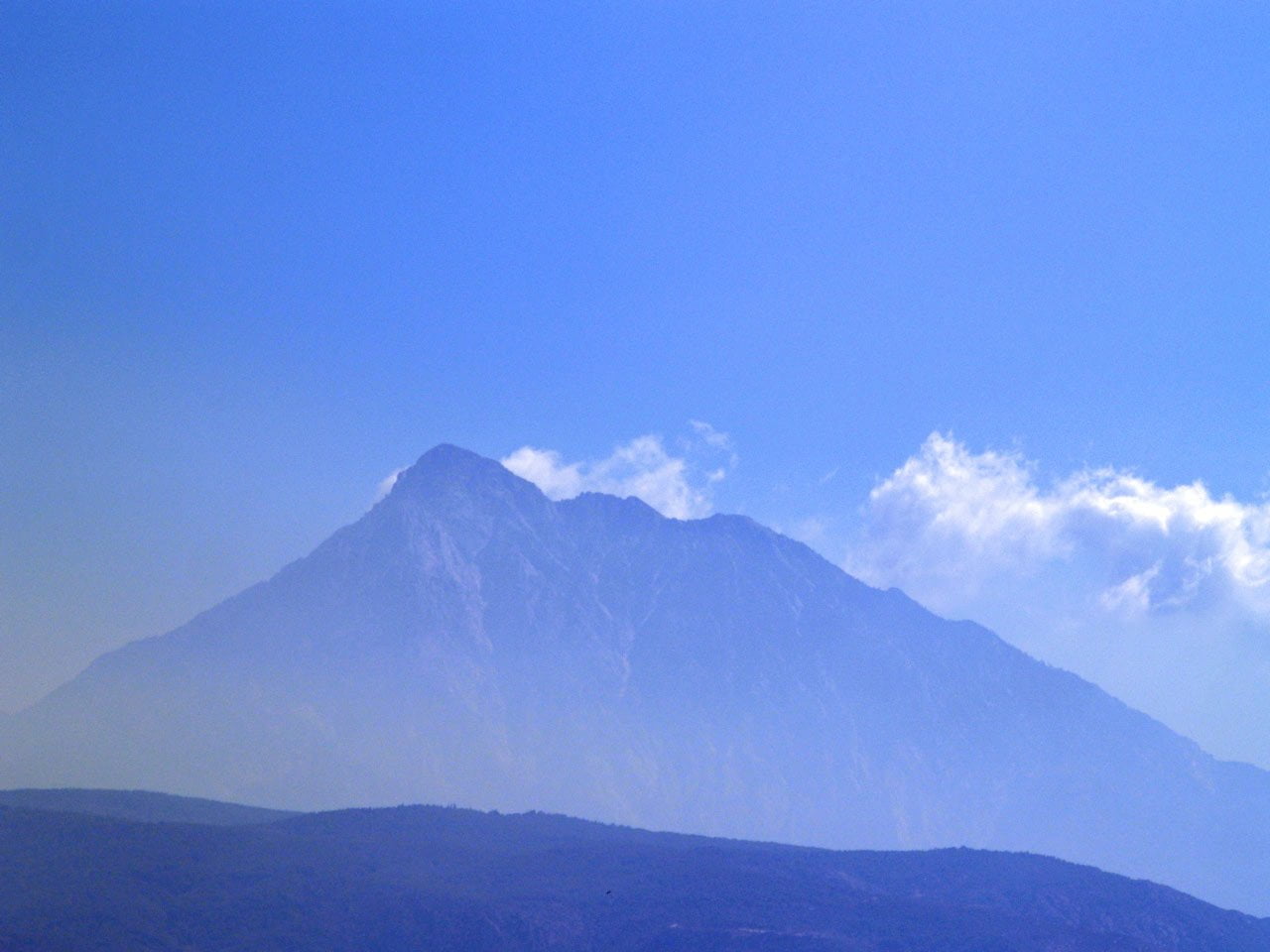
It is situated on the eastern leg of the Chalkidiki peninsula in northern Greece, almost suspended between sky and sea as it were, and is home to 20 monasteries under the direct jurisdiction of the Ecumenical Patriarch of Constantinople.It also includes 12 sketes or communities of Christian hermits who prefer solitude but are provided support and security. Today close to 2000 monks from Greece, Romania, Moldova, Georgia, Bulgaria, Serbia and Russia live an ascetic life here.
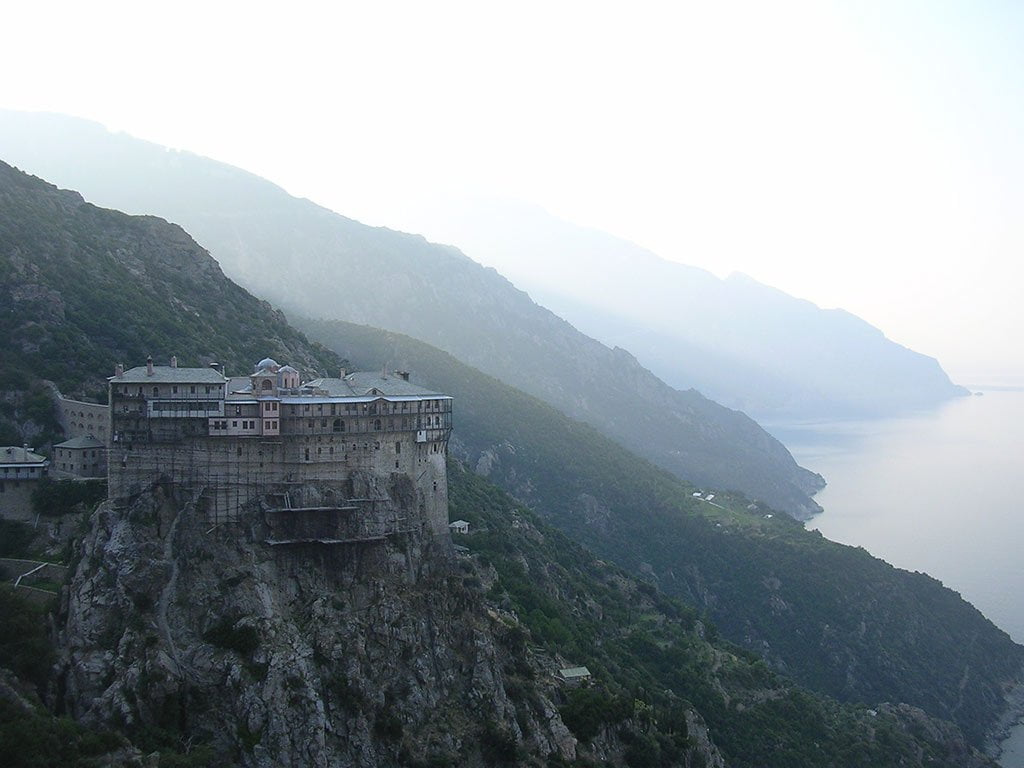
The history of the monastic community
The origins and history of this spectacularly beautiful monastic community are varied. Greek myth has it that in its Gigantomachia, the Giant Athos challenged the Gods and threw a massive rock at Poseidon which fell into the sea and became Mount Athos. According to Athonite tradition, the boat carrying the Virgin Mary from Jaffa to Cyprus was blown off course to Athos. The Virgin Mary was so overwhelmed by the beauty of the place that it became henceforth consecrated as the Garden of the Mother of God and became out of bounds to all other women.
It is recorded that monks inhabited the area since the 4th century. Under Roman times both pagan and Christian churches existing there were destroyed. In the 7th century, monks fleeing Egypt after the Islamic conquest came here seeking refuge and peace. During the Byzantine area, the first monasteries were built. According to a Decree in 885, Mount Athos was proclaimed a place for monks only. In 963 the Monastery of the Great Lavra was founded, still the largest and most prominent today, and enjoyed the protection of the Byzantine emperors in the following centuries. In the 11th century Serbian and Russian monks settled here, with Hilander Monastery the maincenter for Serbian monasticism, while the Russians built St. Panteleimon or Rossikon.
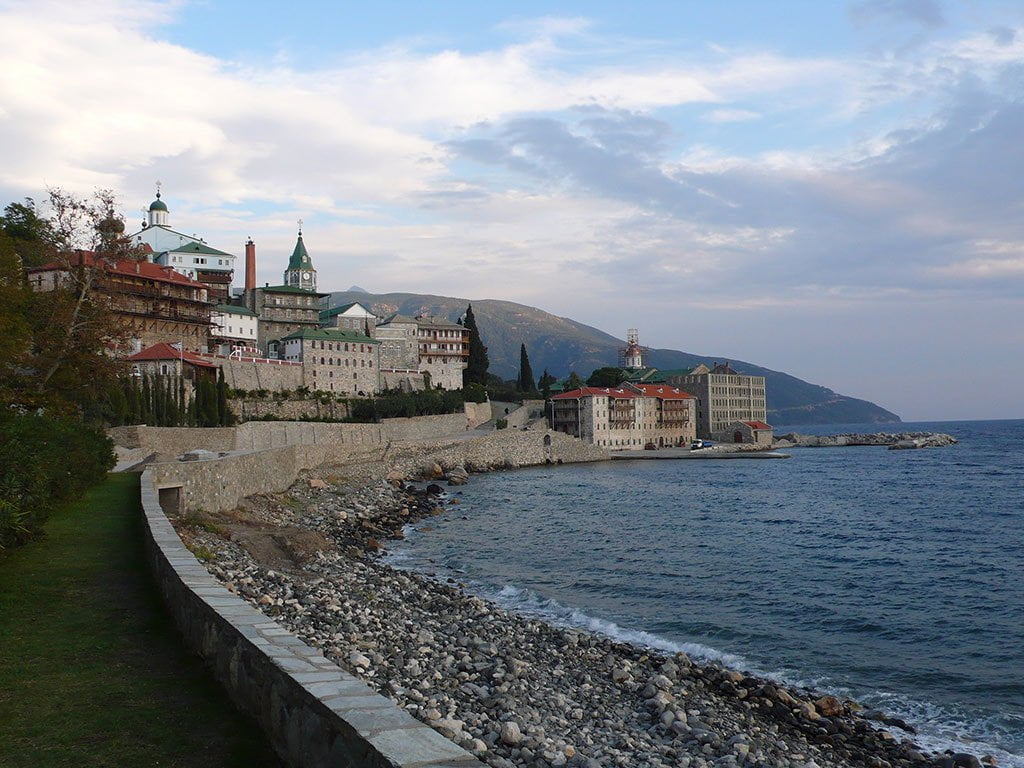
Under the Ottoman age, in order to preserve their independence, the monks pledged their allegiance to the Sultan in 1430 who recognized the monastic properties which was then ratified after the Fall of Constantinople in 1453..The 15th and 16th centuries was an era of relative peace and prosperity for the region, with large Russian donations that helped the monks survive. However, over the next few centuries, the wealth and population of the monks decreased until the 19th century, when under Russian patronage, the tide turned, and by 1902 the monastic population had reached its highest point, with over 7000 monks.
The Monastic Community during the World Wars
After World War I, the peninsula came under Greek sovereignty and with the Decree of 1913 and ensuing treaties, the self-governed region of Mount Athos became part of the Greek state. In World War II, under the Nazi occupation of Greece, the monks formally asked for Hitler’s protection which they got and it was never attacked.

Mount Athos today
Today, Mount Athos or the Monastic State of Agion Oros welcomes visitors from all over the world. Those who wish to stay in the monasteries must obtain a special permit valid for a limited time, and can be accommodated in guest houses of the monasteries and participate in its daily ascetic schedule of praying, common dining, working and rest. Travellers can reach the monasteries by ferry from Ouranopoli or from Ierissos, or alternatively by bus from the port of Daphni to the capital of the region Karyes.
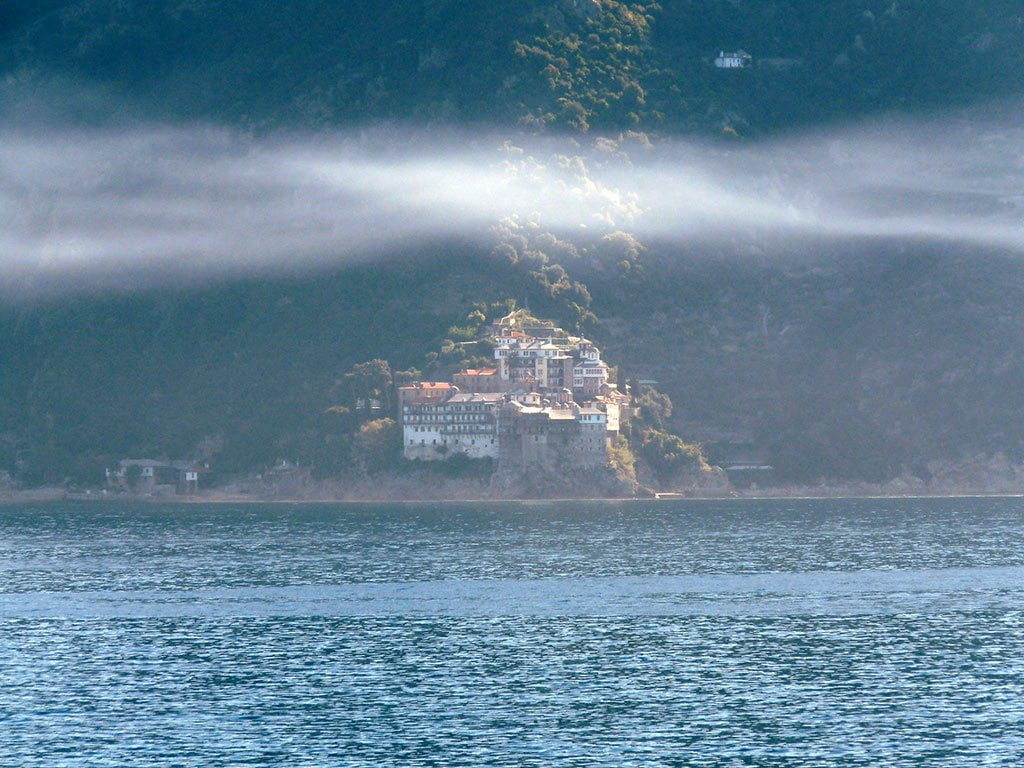
Mount Athos has a strict policy of no entry to women known as avaton. There have been notable exceptions or intrusions into this closed monastic community, among whom were the French writer Maryse Choisy who entered in the 1920,s dressed as a sailor, and the Greek Miss Europe Aliki Diplarakou who caused an incident in the 1930,s when she dressed up as a man and sneaked in.
The Monasteries of Agion Oros or Holy Mountain are a repository of invaluable art treasures, icons, books, vestments and holy relics.
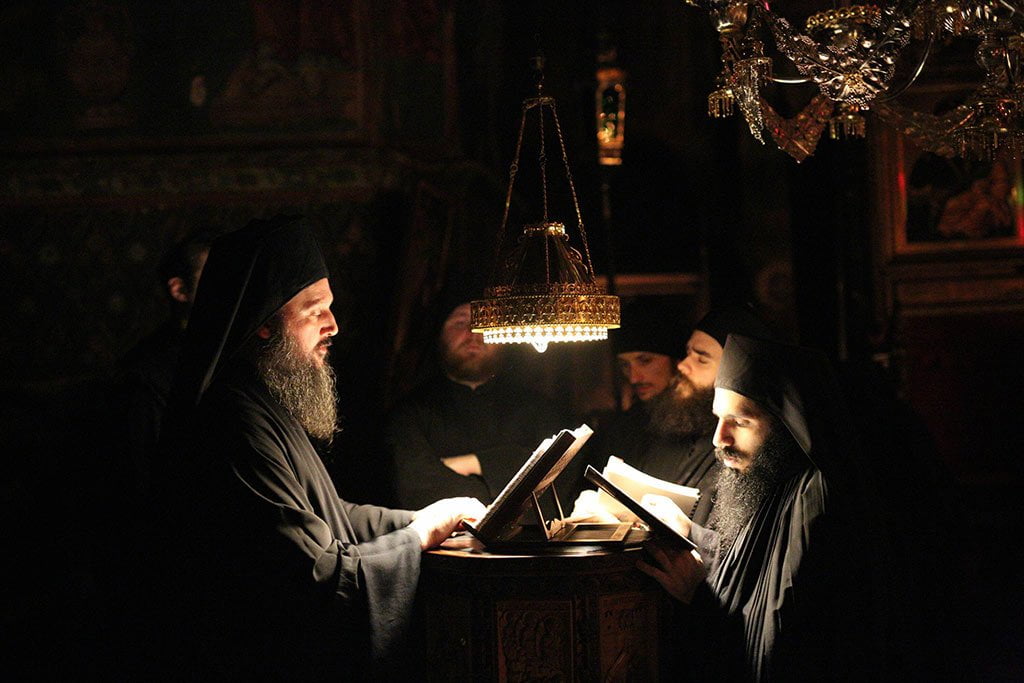
The Monasteries may be known for providing a refuge from worldly problems but lately they are becoming known for their cuisine as well. Monastic cooking, which has as its base mainly meatless dishes, has taken people’s interest by storm. The home grown raw ingredients combined with the care of serving large numbers of people have provided the monks with the experience and knowledge needed to produce exquisite recipes. Monastic cooking has become a genre in the culinary world, as the many books published and television series attest to.
Cover Photo Credit: Dave Proffer
Feeling Ready?
From our blog
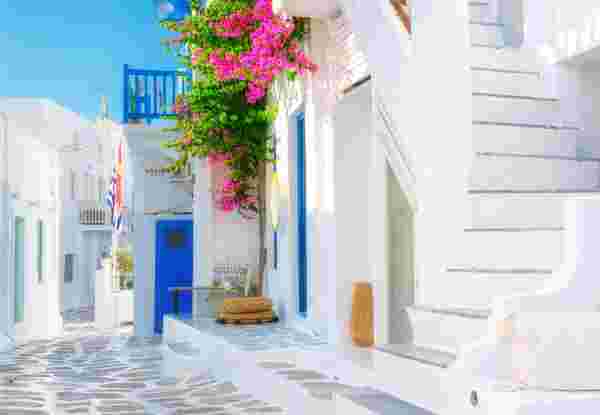
How Many Days in Mykonos
READ MORE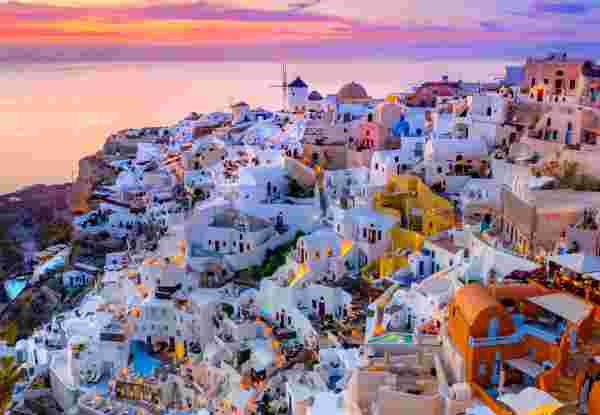
Santorini Travel Guide: Everything You Need to Know
READ MORE
Where to Stay in Mykonos: Insider’s Guide
READ MORE
Mykonos Hotels: The Ultimate Guide to Luxury Stays
READ MORE
What to Wear in Greece to Not Look Like a Tourist
READ MORE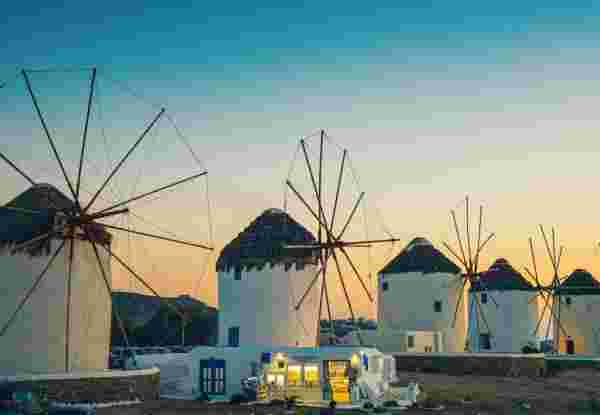
Best Time to Go to Mykonos
READ MORE
The Best Time to Visit Santorini: A Local’s Guide for Every Season
READ MORE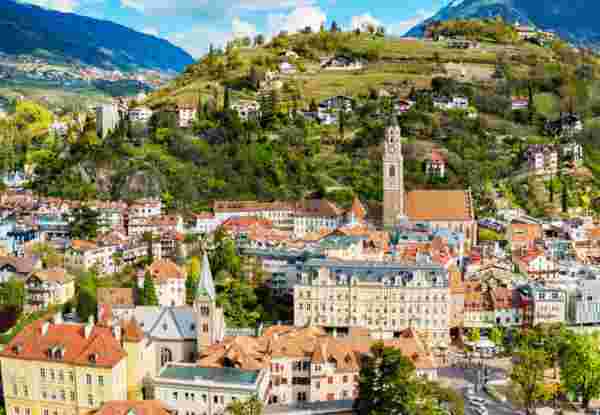
Insider’s Guide to Weather in Italy and Greece in September
READ MORE
Weather in Italy and Greece in October: Your Complete Guide
READ MORE



